Fed Cuts Key Rate to Record
Low
Bank Pledges New Tactics With 'All Available
Tools' to Boost Economy

Comments that include profanity or personal attacks or other inappropriate comments or material will be removed from the site. Additionally, entries that are unsigned or contain "signatures" by someone other than the actual author will be removed. Finally, we will take steps to block users who violate any of our posting standards, terms of use or privacy policies or any other policies governing this site. Please review the full rules governing commentaries and discussions. You are fully responsible for the content that you post. |
Wednesday, December 17, 2008; Page A01
The Federal Reserve yesterday exhausted its most fundamental tool for managing the economy, slashing short-term interest rates to nearly nothing and promising aggressive new tactics to arrest a deepening recession.
The central bank cut its target for the federal funds rate, at which banks lend to each other, from 1 percent to a target range of 0 percent to 0.25 percent, the lowest rate on record. Although the Fed has no more room to reduce the interest rate -- it has been cut 10 times in 15 months -- the bank's leaders said in a statement that they would use "all available tools" to bolster the economy.
Fed policymakers, noting that financial markets remain strained and economic activity weak, strongly suggested it would use unconventional means to lower the rates Americans pay for mortgages, car loans and business loans.
"The Fed is now focused on getting credit to businesses and consumers rather than just pumping money into the economy in a passive way," said Julia Coronado, senior U.S. economist at Barclays Capital.
The announcement jolted Wall Street, driving the Dow Jones industrial average up 4.2 percent, or 360 points, and sending long-term interest rates on government bonds and mortgage securities plummeting in anticipation of future Fed interventions.
Normally, the Fed stimulates growth by lowering short-term interest rates, thus injecting money into the economy. That tactic is not working the way it typically would; lending rates have risen sharply because of the financial crisis.
With yesterday's move, the Fed acknowledged that it has done all it can with ordinary rate cuts, and said it is likely to leave that rate at "exceptionally low" levels for "some time."
In the past, people wanting to understand the central bank's policies would look to decisions on the federal funds rate and accompanying statement.
With the benchmark rate now basically stuck in place for the foreseeable future, Fed watchers will instead want to pay attention to which lending programs the Fed creates or expands to understand how it is guiding the economy, a senior Fed official told reporters yesterday in a conference call.
In its statement, the Fed said it "stands ready" to expand purchases of mortgage-related securities; it plans to buy $600 billion of them under a program announced last month that has driven mortgage rates down by half a percentage point. Expanded purchases would likely drive mortgage rates lower.
Similarly, the Fed said it is "evaluating the potential benefits" of purchasing long-term Treasury bonds, the prospect of which drove the rates on 10-year Treasurys down by 0.2 percentage points in trading yesterday.
Finally, the statement noted a Fed program being created to funnel money toward credit card loans, auto loans, student loans and small-business loans. It said the Fed would "continue to consider ways of using its balance sheet to further support credit markets and economic activity," which could include such steps as creating a similar program to buy commercial real estate loans or mortgage debt not backed by government-sponsored companies Fannie Mae and Freddie Mac.
The rate cut and statement were approved unanimously by the Fed's policymaking committee, indicating that a broad set of Fed leaders were on board with the strategy-- including presidents of regional Federal Reserve banks, many of whom were hostile to aggressive rate cuts and unconventional intervention in the economy earlier in the year, partly out of fears over inflation.
Apparently the rapid drop in prices has helped assuage those fears; the Labor Department said yesterday that the consumer price index fell 1.7 percent in November, its steepest drop on record.




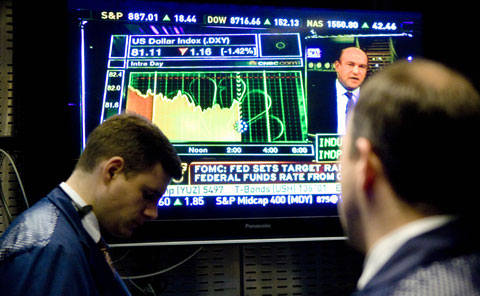
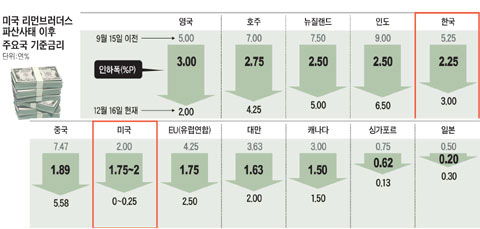


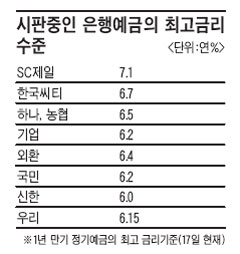
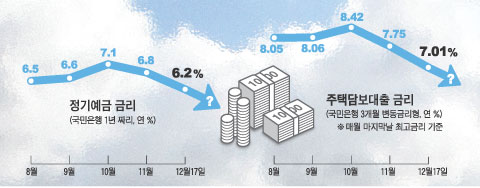


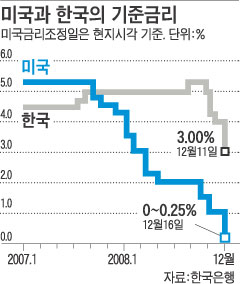
 Why Do I Have to Log In Again?
Why Do I Have to Log In Again? 06151 서울 강남구 테헤란로 309, 1205호 (삼성제일빌딩)
06151 서울 강남구 테헤란로 309, 1205호 (삼성제일빌딩)
View All Comments »